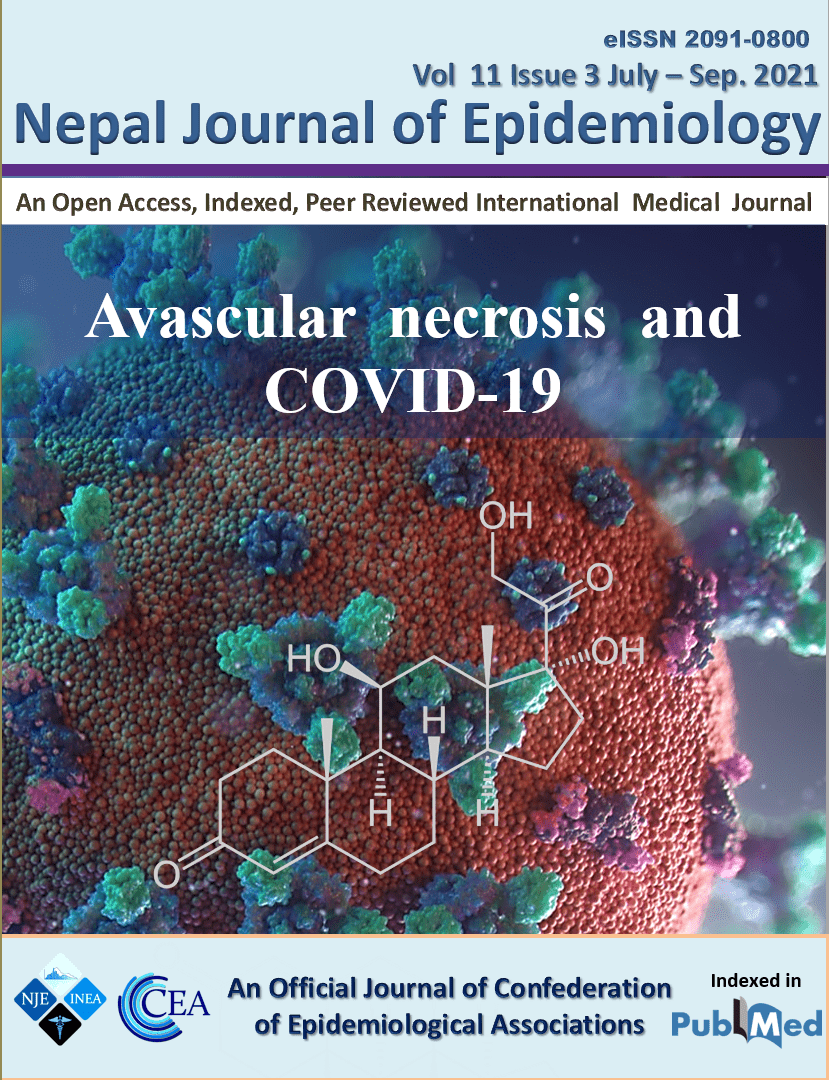COVID-19 airborne transmission: a new frontier of infection
DOI:
https://doi.org/10.3126/nje.v11i3.40000Keywords:
Transmission, SARS-CoV-2, SARS-CoV-2-variantsAbstract
COVID-19 has spread around the globe and infections are still rising despite the development of vaccinations and protocols. Various mutations of the SARS-CoV-2 virus have arisen with a greater rate of transmission and increased virulence. New found research has proven that the new strains of the virus are more virulent and use airborne aerosolized transmission to enable long range spread of the virus.
By virtue of the fact that the virus spreads through such means, increases the risk of transmission and contamination highly as the virus can be transmitted via long range and through common ventilation and duct systems. In light of this it is now pertinent for legislation to support the use of personal protection equipment to safeguard the health of the public.
Downloads
Downloads
Published
How to Cite
Issue
Section
License
Copyright (c) 2021 CEA & INEA

This work is licensed under a Creative Commons Attribution 4.0 International License.
- Upon acceptance Copyright on any research article is transferred in full to the Confederation of Epidemiological Associations (CEA) and International Nepal Epidemiological Association (INEA). The copyright transfer includes the right to reproduce and distribute the article in any form of reproduction (printing, electronic media or any other form).
- Articles in the Nepal Journal of Epidemiology are Open Access articles published under the Creative Commons CC BY License (https://creativecommons.org/licenses/by/4.0/)
- This license permits use, distribution and reproduction in any medium, provided the original work is properly cited.




